No products in the cart.
4.8
- Course No E – 1814
- PDH Units: 2
Course No E - 1814
PDH Units: 2
4.8
- Course No E – 1814
- PDH Units: 2
Course No E - 1814
PDH Units: 2
Intended Audience: All Engineers
Credits: 2 PDH Units
This Engineering Ethics course on the tragic collapse of the World Trade Center will first discusses the engineering aspects of design, construction, and the damage due to the impact of the plane and the ensuing fire. Then, Dr. Astaneh summarizes his findings of several weeks he spent in New York, supported by the National Science Foundation, to conduct reconnaissance and collection of perishable data by inspecting, photographing and documenting the damage to the collapsed towers’ debris. The last part of the course will focus on engineering ethics and will discuss ethical problems of the investigation of the collapse by a team organized by the American Society of Civil Engineers and funded by FEMA. Dr. Astaneh spent a year (2001-2002) to investigate and document the debris of steel structures of the tower. Then, in May 2002, he testified before the Committee on Science of the House of Representative of U.S. Congress on his findings. After hearing his testimony, the Committee on Science provided him with the drawings of the WTC Towers so he can continue his studies of the engineering aspects of the collapse. The drawings of the WTC Towers were and still are, under the seal, with no public access. Having received the drawings, Dr. Astaneh and his team of volunteers, spent five years (2002-2007) and more than 4,000 hours to perform structural analysis of the impact of airplanes on the north tower. The main conclusion of the studies was that the unusual structural system used in the World Trade Center, which was “Steel Bearing Walls,” was at the root of the collapse. Because of the thin steel bearing walls, the airplane easily entered the structure almost intact, delivered a large amount of jet fuel to the core of the building, starting a fire that caused the reduction in the strength of the outside Steel Bearing Walls leading to the collapse of the towers. References and Recommended Further Readings:
- Code of Ethics of National Society of Professional Engineers (NSPE) PDF
- NSPE Ethics Reference Guide PDF
- ASCE Code of Ethics PDF
- Ethics, Technology, and Engineering, a textbook by Ibo van de Poel and Lamb r Royakkers, Wily-Blackwell, 2011. Amazon page
- Concepts and Cases-Engineering Ethics, a textbook by Charles E. Harris et al., published by Cengage2019. Amazon page
- World Trade Center Archives from Professor A. Astaneh Website containing all Professor Astaneh’s documents, photos, reports, Power Points, and other material he generated for his investigation of the World Trade Center collapse sponsored by the National Science Foundation.
Learning Objectives
Upon completion of the course, the student should understand:- What was the “unusual” structural system of the World Trade Center Towers? It was Steel Bearing Wall.
- What was the Fire Protection Systems in the WTC Towers, and were they adequate?
- Were the exits and staircases adequate for timely evacuation in case of a fire?
- Was the structure designed for the impact of a plane as the designers claimed? It was not.
- Was there any evidence of an explosion or blast, as the conspiracy theorist claim/ Absolutely not.
- What was the engineering cause of the collapse?
- Would the same towers, designed using a known structural system, instead of the unusual Steel Bearing Walls, survive the attack?
- How the “conflict of interest’’ in the members of the Building Performance Assessment Team investigating the performance and tragic September 11, 2001 collapse of the World Trade Center towers prevented finding the true cause of the collapse.
Course Reviews
4.8
4.8
4 ratings - 5 stars3
- 4 stars1
- 3 stars0
- 2 stars0
- 1 stars0
Once completed, your order and certificate of completion will be available in your profile when you’re logged in to the site.

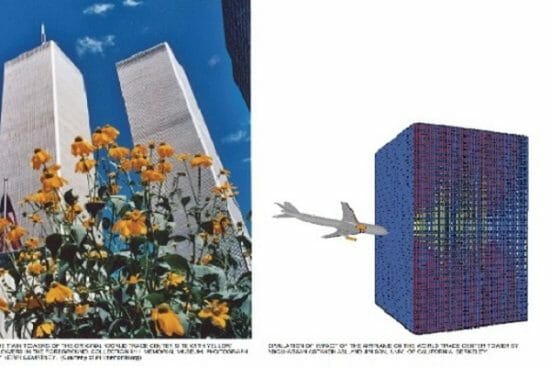

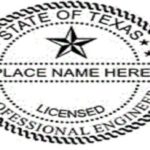
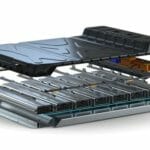

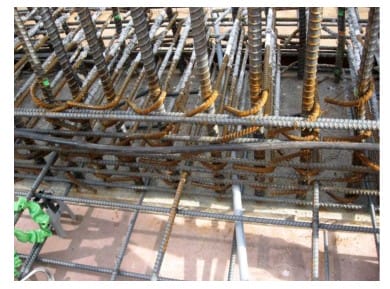
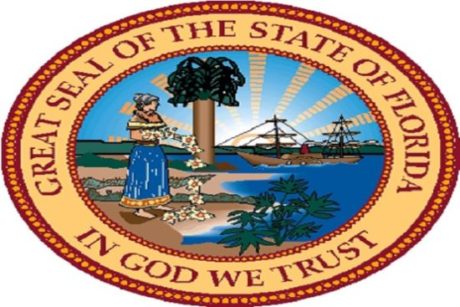
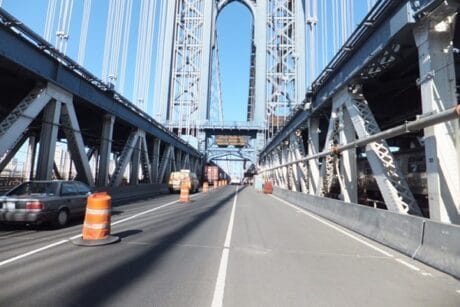
Thank you Dr. for confirming my long awaited thoughts on this issue.
For those of us who knew little about the structural design of the World Trade Center, this is educational. The Q&A provided some impactful ethical drama. The instructor also reminds how signing of non disclosure agreements sometimes hinders engineers from providing important information to the public. I would have scored this a 5, if it could have been edited down to two hours.
It was a very interesting and revealing course. I wonder, however, if any “standardly” designed high-rise at the time would stand up to a jet plane impact in comparison to the World Trade Center Towers..
Excellent presentation.